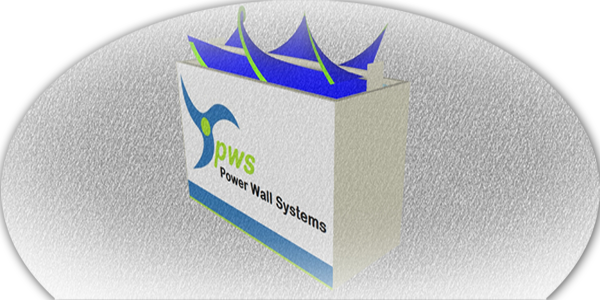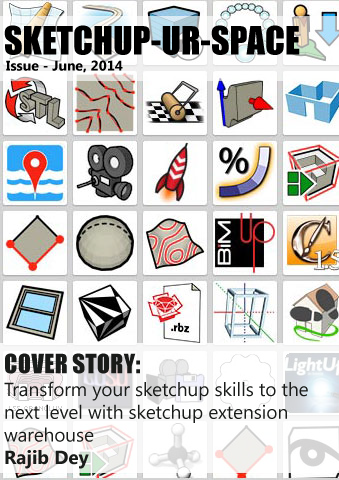Sketchup Resources
- SKP for iphone/ipad
- SKP for terrain modeling
- Pool Water In Vray Sketchup
- Rendering Optimization In Vray Sketchup
- Background Modification In sketchup
- Grass Making with sketchup fur plugin
- Landscape designing in
Sketchup - Apply styles with sketchup
- Bedroom Making with sketchup
- Review of Rendering Software
- Enhancing rendering for 3d modeling
- The combination of sketchup &
BIM - Exterior Night Scene rendering with vray
Author :
GUEST ARTICLE

I have launched my business marketing a combined wind turbine/sign that I have patented. I use SketchUp for every aspect of my business. The typical process for a sign company is to have a salesmen meet with the potential client to get the information for the sign design. The sales person then sends the information to a designer to draw, in Corel, a two dimensional drawing of the sign. The sign is then approved by the customer and sent to an engineer that turns the 2 dimensional drawing into a 3d CAD drawing that can be used for manufacturing. Because the drawings have to be sent first from the salesmen to a designer and then from the designer to an engineer, there are time delays and two potential hand offs that can cause information to be lost. Because the drawings are first made in a 2 dimensional software, there is an additional area for problems as 2 dimensional drawings cannot always be converted to a 3 dimensional design. These drawings do not always show the signs in their proper scale to the buildings where they are going to be mounted. This leads to customers thinking the signs will look different than what they do when actually built. In addition, the 2 dimensional drawings do not capture the most important aspect of my signs which is the added benefit of movement.
With Google SketchUp, I am able to meet with the customer, get their sign requirements and, in real time, draw a 3 dimensional drawing of what their new sign turbine will look like. In addition, I'm able to download a scaled photo of their location from Google Earth and place the turbine sign into the picture. Next, I can quickly make an animation to show not only how the sign will look as a static picture but how it will look in real life when the wind moves the turbine. Once the customer approves the animation, I can send them a standard sign drawing with 2 dimensional screen shots from SketchUp. Next, I can use two plugins to convert the file to an .al file that is vectored or use another plugin and convert the file to a .dxf CAD file for the manufacturer. The result is faster response times with better drawings that increase my productivity and cut my overhead costs. I have the ability to outperform the standard sign company that employs a salesmen, designer CAD operator and engineer. I simply could not do what I do without SketchUp! I've enclosed a drawing of my prototype sign turbine made with SketchUp. Please let me know what additional information you need.


